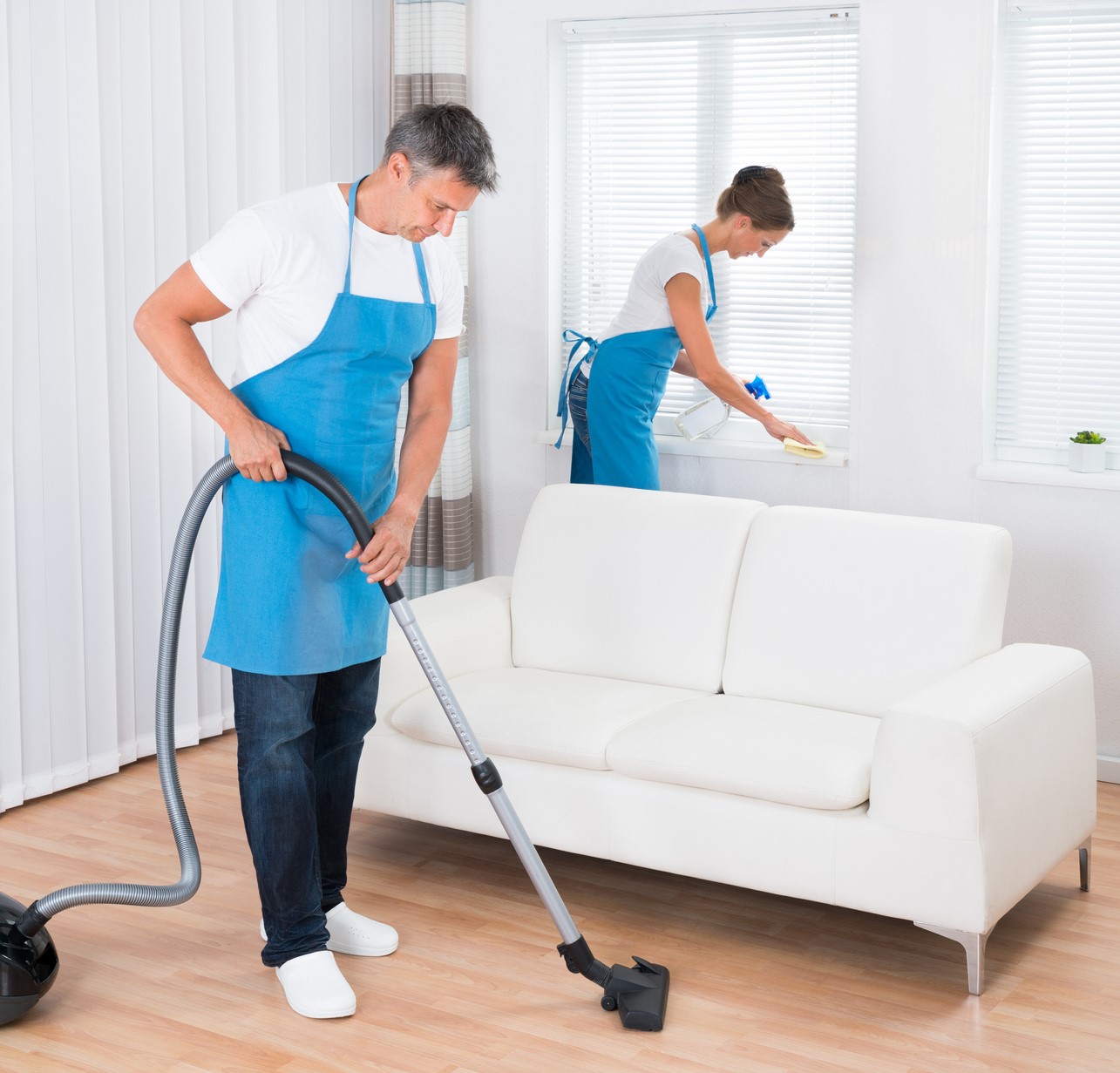At the heart of the decisions about your green cleaning protocols is really who you want to be as a company (see Part 1). “For me, the criteria had to do with my comfort level with the solution ingredients and with the company making them. Did they align with my human rights and environmentalism values? Did their products align? Did they work?” Kris Koenig based her decisions on a mix of knowledge and gut.
One should look to multiple sources to establish the criteria that their own green chemistry, equipment and methods must meet in order to be included in their cleaning regimen. Free except the time invested, internet research and forums can help with this. Joe did a lot of googling, and he bought Jeff Campbell’s Speed Cleaning. And then he put in the time in his kitchen “laboratory.” “There are one or two green cleaning services in my market, but they are mom-and-pops that can’t scale. I knew I would need a process that would allow me to grow and add employees. It had to scale.”
One source is Green Seal, a third party certifying organization (see Part 2) that establishes green standards for several industries. They’ve created standards for residential cleaning services and for household cleaning products that serve as a reasonable, if imperfect, point of departure.
Take a look at the EPA’s Safer Choice standard. Their certified product list can be parsed by fragrance-free as an added bonus.
Another valuable resource is the NIH US Department of Health and Human Services’ Household Products Database, where you can cross reference chemical tables with product ingredient tables. You can learn the health risks associated with certain chemicals here too.
Joe mixes his Green Clean Maine chemicals in house. He says that batches sometimes aren’t consistent, and that the ingredients can have a tendency to settle quickly in storage. So he has one dedicated formulist for consistency, who mixes in 5-gallon batches. That’s about four batches a day (20 gallons) to serve his daily cleaning roster. “I’ve figured out how to do this in-house for the nearly 400 customers I serve, but if I had two locations, it wouldn’t be as easy.”
Of course, a truly green cleaning program is more than just the cleaning chemistry. Take a look at the equipment you use as well. Green Seal provides equipment criteria in its residential cleaning service standard. Be sure to include the Carpet & Rug Institute in your research to learn about environmental standards for vacuums and qualifying makes and models. Generally speaking, some important features to look for are a closed canister system, HEPA filtration, and ergonomic design.
Also, look for reusable equipment like long-lasting microfiber cloths instead of paper products and even cotton cloths. Four Ways to Tell If Your Microfiber Towel Is High Quality will give you an education on the science of microfiber and what to look for when you’re planning your equipment change. In Matt Ricketts’ interview with Microfiber Wholesale he talks about the sustainability of microfiber when he mentions their durability. “We’ve had really great success getting our microfibers to last up to almost four, five hundred washes.”
Think about your methods as well to create a well-rounded program that addresses both health and environmental risks associated with cleaning.
This is a good time to look at water-only cleaning technologies like dry steam vapor and de-ionized water which disinfect and sanitize without any harsh chemicals or toxins.
Once you’ve identified and sourced some products that meet your criteria, field test them as Koenig did. Get the truth about how they work in your real world. You’ll get a feel for how well they pass the efficacy and productivity tests. You’ll learn if equipment is too heavy or fragile or over-rated. “A green cleaning product that doesn’t clean well just wastes the resources it was supposed to save,” warns Janice Stewart, co-owner of Castle-Keepers House Cleaning and co-author of The Professional House Cleaning Technician’s Manual.
Through her field testing, Koenig learned to plan for a little more dwell time and/or elbow grease than with traditional cleaning. Be prepared for your time quotes to vary, and probably increase slightly.
Plan for the future. Koenig discovered that after implementing a baking soda, vinegar and castile soap protocol, she couldn’t produce enough in-house to keep up with the demand when her start-up, Natura Clean, grew past a certain point. “Also, it bothered me that I couldn’t supply a material safety data sheet for my cleaning solutions,” she reflects. “It’s an OSHA requirement that you have the SDS sheets handy for your employees and customers during every cleaning. But there was nothing like that available for my own concoctions.”
How will you evaluate performance? The age-old method is by appearance. If it looks clean, good job. Recently we’ve noticed a trend toward cleaning for health, primarily driven by mounting concerns about infectious disease in a global economy. To quantify your results, you could purchase an expensive and somewhat temperamental device to take readings of key surfaces in the home like counters, sinks, toilets and door knobs but because so many variables in the home are outside our control between visits that readings would fluctuate and it would be difficult to draw precise conclusions from the findings. In lieu of such devices, start by learning about dwell times for different chemicals and microorganisms and follow these protocols to achieve a healthy level of cleaning. Create a program that can be replicated from home to home consistently and reliably.
At the end of the day, customers expect a high quality job first. “Green cleaning is great but it doesn’t excuse mediocrity. We do get customer complaints, but they’re due to human error, not our green cleaning system. Cleaning green doesn’t answer all your problems. We have the same challenges pleasing customers and growing as any cleaning service. I wouldn’t be in the industry without being able to clean green.”
Be sure to check out all the articles in this series:
Part 4 – Service Delivery





